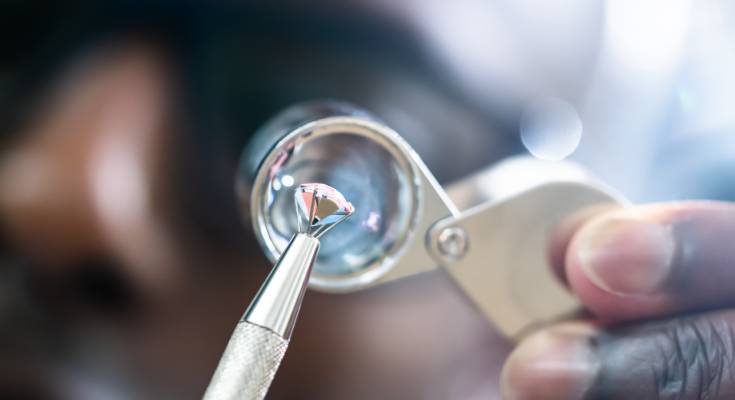Diamonds have captivated the human imagination for centuries, symbolizing wealth, beauty, and strength. While many are familiar with the allure of these precious gemstones in jewelry, diamonds have fascinating stories and uses that go beyond the sparkle. Here, we’re taking you on an exploration of a few sparkling facts about diamonds you probably didn’t know, highlighting their historical significance and industrial use beyond wearables and mementos.
A Brief History and the Significance of Diamonds
Diamonds have been cherished since ancient times, with the earliest references tracing back to India around the 4th century BC. They were believed to possess magical properties and used as talismans.
Over time, their significance grew, becoming symbols of status and love, especially with the tradition of diamond engagement rings. The allure of diamonds lies in their beauty and their rich cultural significance.
How To Form and Find Diamonds
Diamonds form deep within the Earth’s mantle under extreme pressure and high temperatures. This natural process can take billions of years, making each diamond a unique marvel of nature.
Volcanic eruptions bring these gems closer to the Earth’s surface. The most significant diamond mines are in countries like Russia, Botswana, Canada, and Australia. These regions produce a substantial portion of the world’s diamonds, each with its distinct characteristics.
The Famous Four Cs
When it comes to diamond quality, several key factors come into play. These include the famous four C’s—cut, color, clarity, and carat weight. The cut of a diamond affects its brilliance, with well-cut diamonds reflecting light beautifully.
Color refers to the presence of any hue; the less color a diamond has, the higher its value. Clarity denotes the presence of internal or external flaws, known as inclusions and blemishes. Finally, carat weight measures the diamond’s size and impacts its overall value and appeal.
Applications of Diamonds in Niche Tools and Equipment
Beyond their aesthetic appeal, diamonds play a crucial role in various industrial applications. Diamond grinding wheels, for example, are common in manufacturing, construction, and even aerospace industries. These wheels cut through hard materials like metal, glass, and stone with high precision and efficiency. The benefits of diamond grinding wheels lie in their ability to maintain sharpness and durability, reduce downtime, and increase productivity in industrial settings.
Notable Diamonds and Their Stories
Throughout history, several diamonds have gained fame for their size, beauty, and unique stories. The Cullinan Diamond, discovered in South Africa in 1905, is the largest gem-quality diamond ever found, weighing an astonishing 3,106 carats.
Another famous diamond is the Hope Diamond, known for its striking blue color and storied past of owners experiencing bad luck. These notable diamonds showcase the grandeur of these gems and add a layer of intrigue and mystique to their allure.
Diamonds are more than just beautiful gemstones; they’re a testament to the wonders of nature and human artistry. From their formation deep within the Earth to their applications in cutting-edge industrial tools, diamonds hold a multifaceted significance. Whether you’re fascinated by their history, quality, or practical uses, there’s no denying the enduring allure of these precious stones. Which of these sparkling facts about diamonds did you or didn’t you know?



